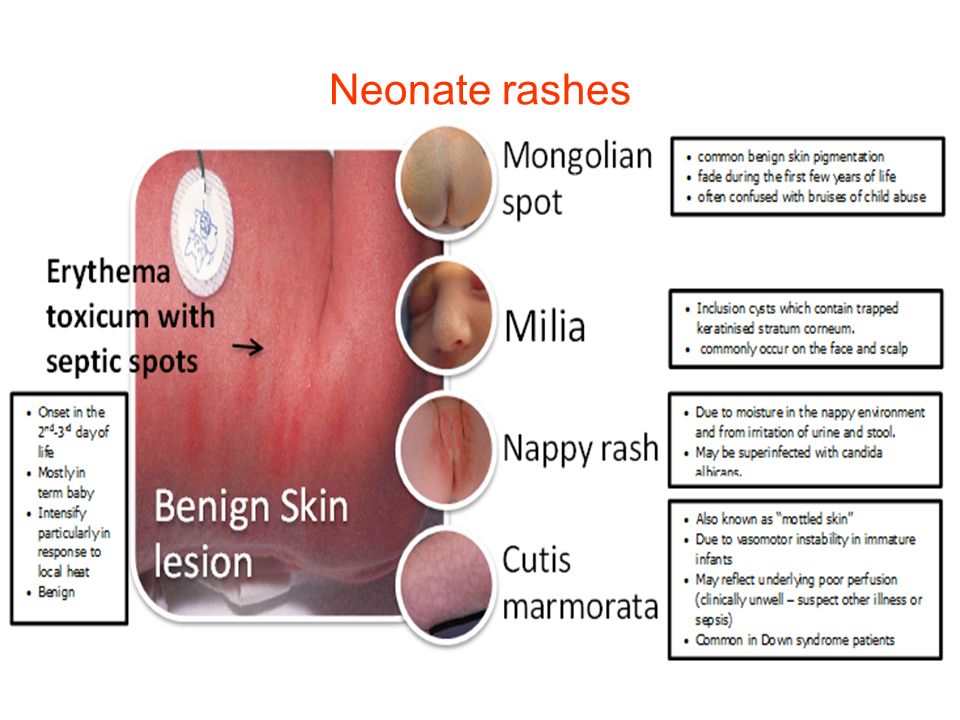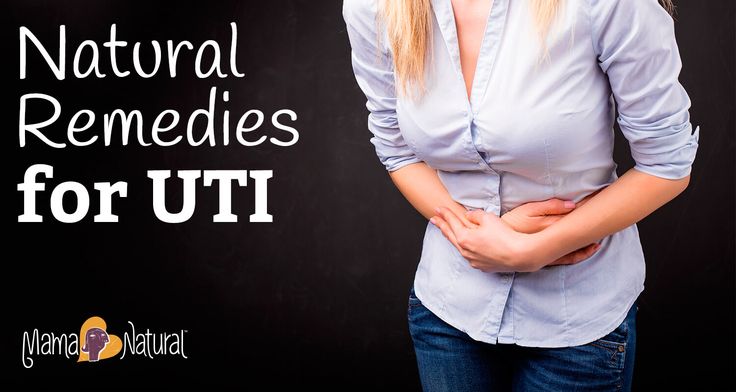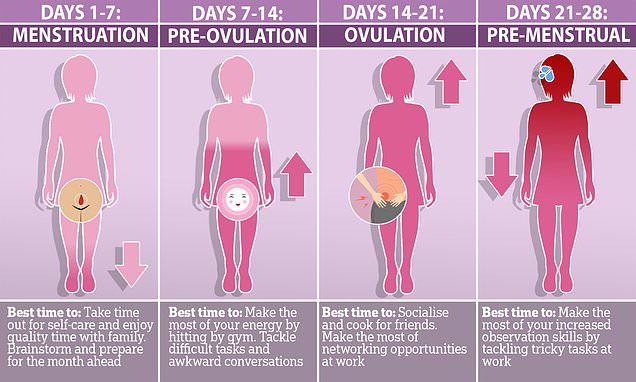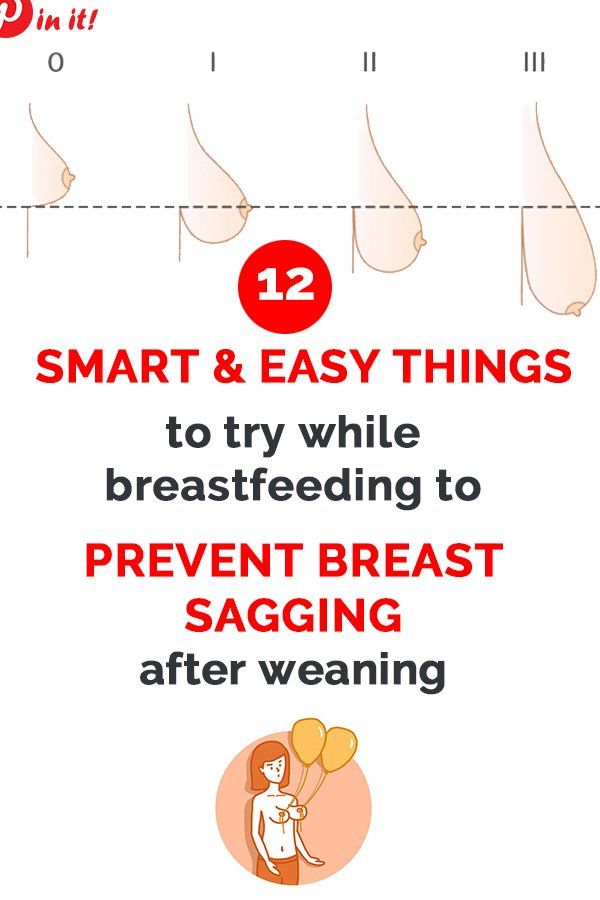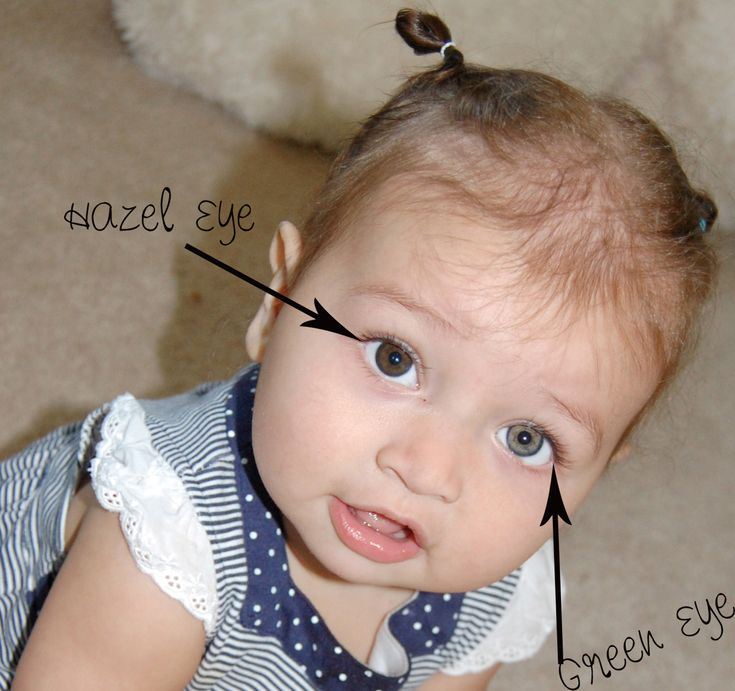Lactose intolerance rash on face
What should I do if I think my baby is allergic or intolerant to cows' milk?
If you think your baby is having a reaction to cows' milk, see your GP or health visitor to discuss your concerns.
They will be able to assess if your baby's symptoms may be caused by a cows' milk allergy or something else. Make sure you get medical advice before taking cows' milk out of your child's diet as it contains important nutrients.
Cows' milk allergy in babies
Cows' milk allergy (CMA), also called cows' milk protein allergy, is one of the most common childhood food allergies. It is estimated to affect around 7% of babies under 1, though most children grow out of it.
CMA typically develops when cows' milk is first introduced into your baby's diet either in formula or when your baby starts eating solids.
More rarely, it can affect babies who are exclusively breastfed because of cows' milk from the mother's diet passing to the baby through breast milk.
There are 2 main types of CMA:
- immediate CMA – where symptoms typically begin within minutes of having cows' milk
- delayed CMA – where symptoms typically begin several hours, or even days, after having cows' milk
Symptoms of cows' milk allergy
Cows' milk allergy can cause a wide range of symptoms, including:
- skin reactions – such as an itchy rash or swelling of the lips, face and around the eyes
- digestive problems – such as stomach ache, vomiting, colic, diarrhoea or constipation
- hay fever-like symptoms – such as a runny or blocked nose
- eczema that does not improve with treatment
Occasionally CMA can cause severe allergic symptoms that come on suddenly, such as swelling in the mouth or throat, wheezing, cough, shortness of breath, and difficult, noisy breathing.
A severe allergic reaction (anaphylaxis) is a medical emergency. Call 999 for an ambulance immediately if you think your child has anaphylaxis (even if they start to feel better).
Treatment for CMA
If your baby is diagnosed with CMA, you'll be offered advice by your GP or an allergy specialist on how to manage their allergy. You may also be referred to a dietitian.
Treatment involves removing all cows' milk from your child's diet for a period of time.
If your baby is formula-fed, your GP can prescribe special infant formula.
Do not give your child any other type of milk without first getting medical advice.
If your baby is exclusively breastfed, the mother will be advised to avoid all cows' milk products.
Your child should be assessed around every 6 to 18 months to see if they have grown out of their allergy.
Read more about cows' milk allergy in children on National Institute for Health and Care Excellence (NICE).
Could it be lactose intolerance?
Lactose intolerance is another type of reaction to milk, when the body cannot digest lactose, a natural sugar found in milk. However, this is not an allergy.
Lactose intolerance can be temporary – for example, it can come on for a few days or weeks after a tummy bug.
Symptoms of lactose intolerance include:
- diarrhoea
- vomiting
- stomach rumbling and pains
- wind
Treatment for lactose intolerance
Treatment depends on the extent of your child's intolerance. Some children with lactose intolerance may be able to have small amounts of dairy products without having symptoms.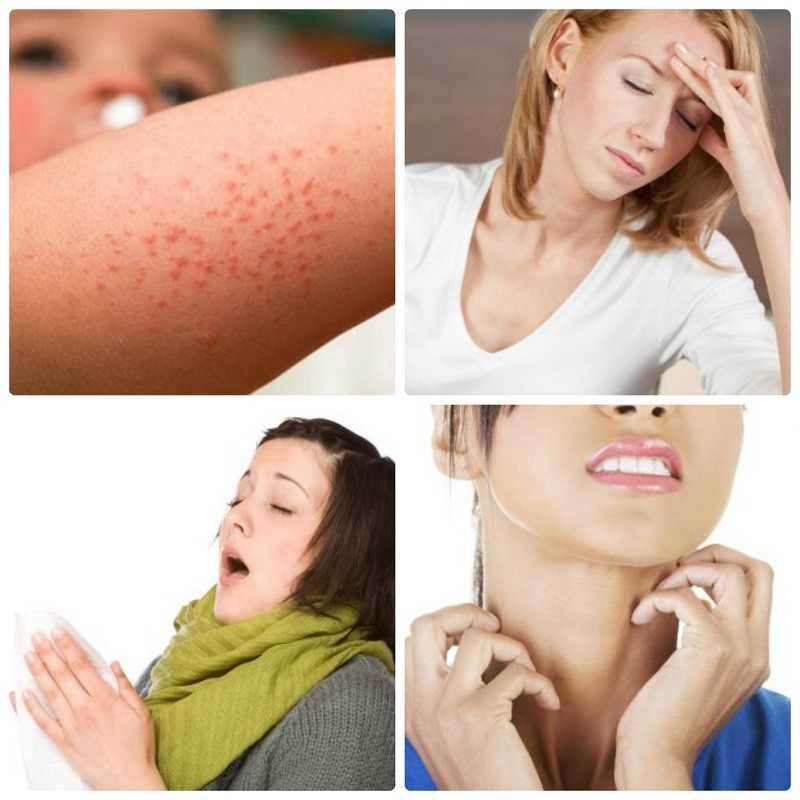
Your child may be referred to a dietitian for specialist advice.
Read more about treatment for lactose intolerance.
Further information:
- Colic
- Food allergies in babies and children
- Reflux in babies
- How can I tell if my baby is seriously ill?
- Your baby's first solid foods
- National Institute for Health and Care Excellence (NICE): food allergy in children
Page last reviewed: 28 November 2022
Next review due: 28 November 2025
Lactose Intolerance vs. Dairy Allergy: Symptoms, Diagnosis, Living With
Written by WebMD Editorial Contributors
Lactose intolerance and dairy allergy sound a lot alike. Many people think they’re the same thing. But, how they’re caused (and how they affect your body) are very different.
Lactose intolerance involves the digestive system: If you have it, your body doesn’t make lactase, the enzyme needed to digest lactose. That’s the sugar in milk. Instead of digesting normally in your stomach and small intestine, undigested lactose moves into your colon, where it’s broken down by bacteria and causes bloating and gas. It can be uncomfortable, but it’s not dangerous.
Lactose intolerance is common in adults – about 30 million Americans have it by age 20. It’s more common in people with Asian, African or Native American heritage and less common in people with a northern or western European background.
Dairy allergy involves the immune system: If you have it, your body reacts to the proteins in milk and other dairy products as if they’re dangerous invaders. It releases substances that cause allergy symptoms. This allergic reaction can be mild (rashes) to severe (trouble breathing, loss of consciousness).
Dairy allergy is one of most common allergies, especially in children.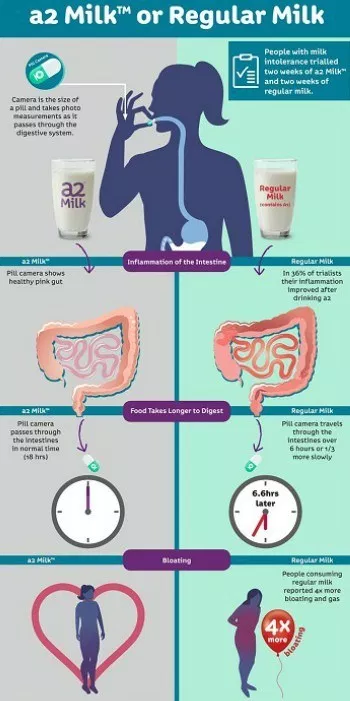 As many as 2 in every 100 children under 4 years old are allergic to milk. It’s even more common in babies.
As many as 2 in every 100 children under 4 years old are allergic to milk. It’s even more common in babies.
Symptoms
Some symptoms of lactose intolerance and dairy allergy may be the same:
- Diarrhea
- Nausea; sometimes vomiting
- Abdominal cramps
- Bloating
- Gas
But dairy allergy can also cause a reaction in other parts of your body, including the skin and lungs:
- Rash
- Hives
- Swelling, often in the lips and face
- Wheezing
- Tightness in throat
- Trouble swallowing
There may be blood in the stool (poop) too, especially in babies.
Anaphylaxis is a serious, life-threatening allergic reaction and often begins minutes after you eat a food you’re allergic to, but sometimes it can happen hours later. It usually involves more than one symptom in more than one part of your body at the same time.
If you have a severe allergy or if you’ve ever had anaphylaxis in the past, talk to your doctor about carrying an injectable epinephrine (Adrenaclick, Auvi-Q, EpiPen, a generic auto-injector, Symjepi) to slow down or stop the allergic reaction.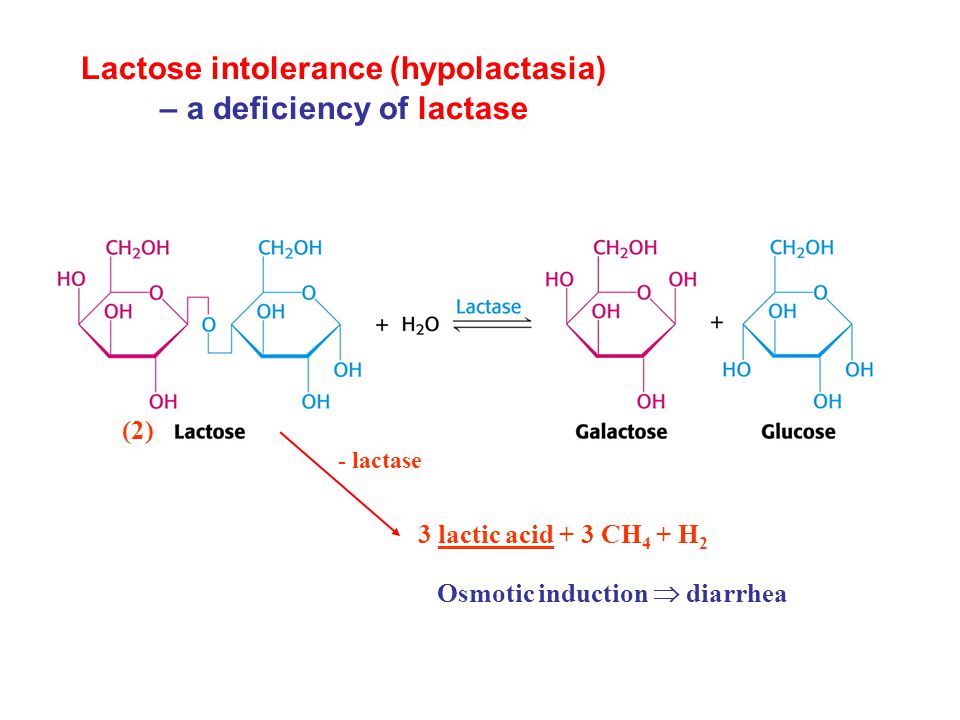
Am I More Likely to Have Dairy Allergy?
You’re more likely to develop dairy allergy if:
- You have other allergies
- You have eczema
- One or both of your parents has a food or other allergy, like hay fever, eczema or asthma
- You’re young. Milk allergy is more common in children. As you get older, your digestive system is less likely to react to milk, but you're likelier to have lactose intolerance.
Getting Tested
First your doctor will take your medical history to understand your symptoms and how your body reacts to dairy foods. Then you’ll be tested to confirm whether it’s lactose intolerance or a dairy allergy.
Testing for Lactose Intolerance
Lactose tolerance test: You’ll drink a liquid that contains a lot of lactose. About 2 hours later, the amount of glucose (sugar) in your bloodstream will be measured. If your glucose level doesn’t rise, you’re not digesting the lactose in the drink.
Hydrogen breath test: You’ll drink a liquid that contains a lot of lactose. Then, the hydrogen in your breath will be measured at regular intervals. If you’re not digesting lactose, it will be broken down in your colon, releasing hydrogen that can be detected in your breath.
Then, the hydrogen in your breath will be measured at regular intervals. If you’re not digesting lactose, it will be broken down in your colon, releasing hydrogen that can be detected in your breath.
Stool acidity test: Babies and children who can’t be tested otherwise can have their stool tested for lactic acid caused by the breakdown of undigested lactose in the colon.
Testing for Dairy Allergy
Skin prick test: A small drop of liquid containing the dairy allergen is placed under your skin on your forearm or back. If a raised bump surrounded by itchy red skin appears, a dairy allergy is likely.
Your doctor might have you take a blood test too, which measures the amount of certain antibodies in your blood.
Both tests can have “false positives.” You can test positive for an allergy even though you really don’t have it. Your allergist will explain the results.
If an allergy is still suspected but not confirmed, your doctor may have you take an oral challenge.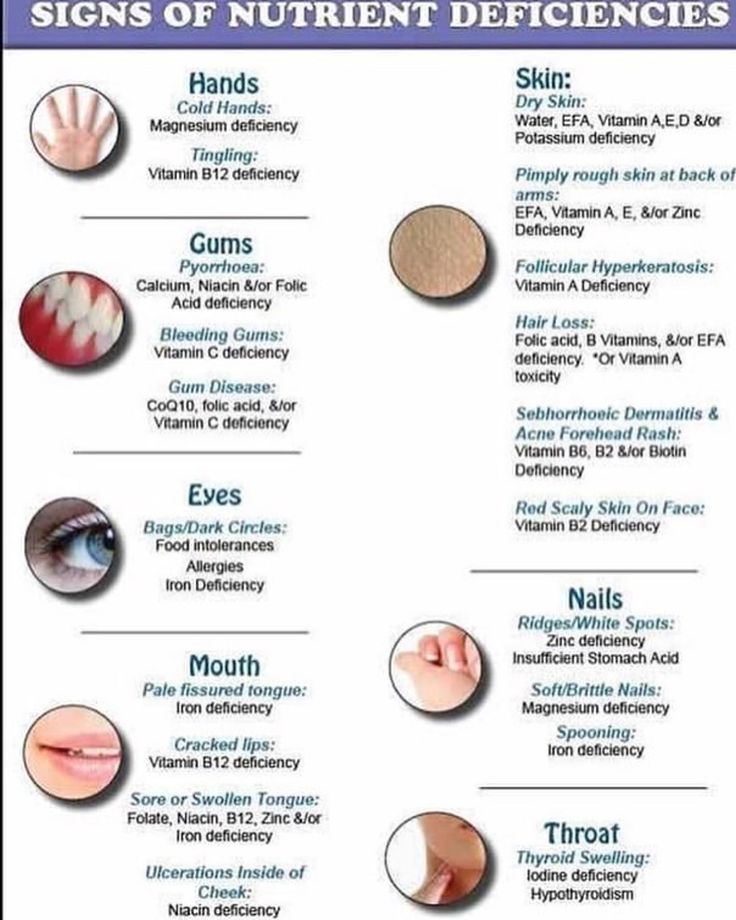 You’ll be fed different foods that may or may not contain milk in increasing amounts to see if you react to food that contains milk.
You’ll be fed different foods that may or may not contain milk in increasing amounts to see if you react to food that contains milk.
Living With Lactose Intolerance
Lactose intolerance is easily managed, mostly by limiting the amount of dairy food and drink you consume. You can also try lactose-reduced ice cream and milk, or take lactase enzyme supplements when you eat dairy products to help your body digest lactose.
Living With Dairy Allergy
If you have dairy allergy, you’ll need to avoid all dairy foods and other foods that contain dairy products.
Staying safe means reading food labels to see if milk or ingredients containing milk are included. Milk proteins are found in many foods you wouldn’t expect. Some canned tuna, energy drinks and even chewing gum contain them. And don’t eat lactose-reduced foods if you have dairy allergy. They still contain the milk proteins that can cause allergic reactions.
Refusal of dairy products - “I was ready to spit in the face of everyone who claimed that acne is from lactose.
 And she paid for it herself. What kind of rashes are really from milk *? Photos of my changes.
And she paid for it herself. What kind of rashes are really from milk *? Photos of my changes. Hello everyone, my name is Alina. I dedicate today's review to a long-suffering topic that I refused to take for two years - lactose and its effect on the body and skin condition, including. I’ll tell you about the effect of milk on my personal skin and what kind of rashes it provokes (if it provokes at all).
P.S. In order not to repeat myself, you can read the history of my skin in the review of the badyaga, everything is described in detail there. Here I will write only the main points.
I have always suffered from purulent pimples (small size) on my forehead, the rest of the areas were clear. In the summer of 2019, I was covered in large undercuts on my chin and cheeks, which I treated with antibiotics, but a year later (now) got the same.
Let's go back to 2018. I entered the university and moved to live in a hostel, where I was not the only one who suffered from problematic skin.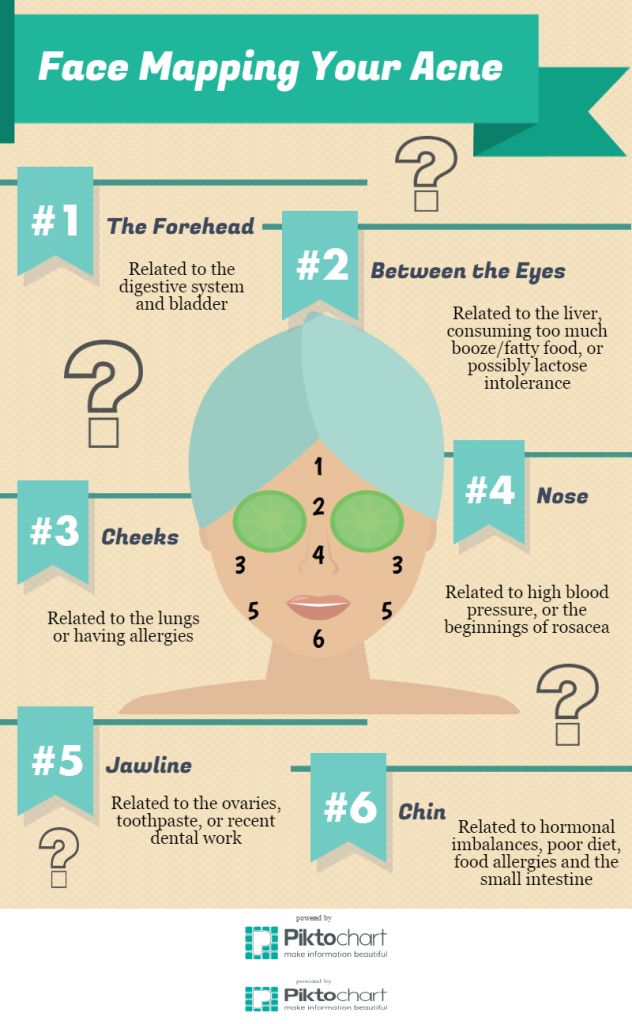 One of the girls who loves to watch all sorts of pseudo-healthy bloggers read that acne is caused by lactose, and suddenly decided that she had an intolerance to this component. A neighbor began to buy lactose-free milk and assured the others that all the problems in life (I exaggerate) because of him, to which we did not answer - we did not want to argue on such a seemingly stupid topic. I still think it's stupid, why - I'll tell you later. Actually, no one except her especially used milk, but she added it to her coffee several times a day.
One of the girls who loves to watch all sorts of pseudo-healthy bloggers read that acne is caused by lactose, and suddenly decided that she had an intolerance to this component. A neighbor began to buy lactose-free milk and assured the others that all the problems in life (I exaggerate) because of him, to which we did not answer - we did not want to argue on such a seemingly stupid topic. I still think it's stupid, why - I'll tell you later. Actually, no one except her especially used milk, but she added it to her coffee several times a day.
We laughed at this, rolled our eyes, and besides, the condition of her skin did not change at all. But my attitude towards this topic has changed. From a pronounced denial, I moved to the stage of doubt in the summer of 2020. In addition to large subcutaneous lesions on the chin and cheeks, which returned after six months of clean skin, small pimples began to appear on the forehead - closed comedones. This was the first time in my practice.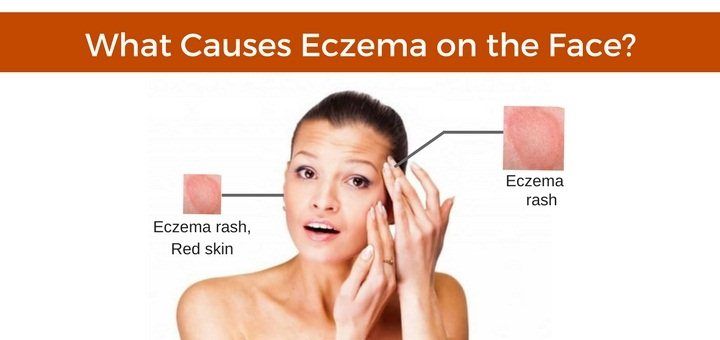 I knew that this type should be treated with acids, but because of the bright sun and the next vacation abroad, I could not do it. However, I could make observations. And I realized with surprise that these comedones began to appear when the amount of dairy products in my diet increased significantly - ice cream and cereals with milk. I had no other symptoms of lactose intolerance.
I knew that this type should be treated with acids, but because of the bright sun and the next vacation abroad, I could not do it. However, I could make observations. And I realized with surprise that these comedones began to appear when the amount of dairy products in my diet increased significantly - ice cream and cereals with milk. I had no other symptoms of lactose intolerance.
Beginning. I grow my eyebrows, somehow I plucked it))
Literally 3 days later
As in the meme with ice cream with nuts covered with chocolate
To be honest, it was difficult to give up "lactose" products at first, although I started using a lot of both milk and ice cream only then; It lasted two weeks in total. Thus, I can conclude that milk caused me some kind of addiction , comparable, for example, with sugar. Perhaps it was mentally difficult for me, because for two years I laughed at the imaginary lactose intolerance and its effect on the skin, and now it was not a laughing matter.
Nevertheless, I refused milk (though I still eat sour milk in the form of cottage cheese, for example, at least 3 times a week), flew away to rest and saw the result almost immediately. Forehead cleared, small closed comedones gone. But nothing happened to the big sore subcutaneous , absolutely.
By this I want to show that avoiding dairy products is not a panacea in the fight against problem skin. And in general, there is still no scientific evidence that food causes rashes. Nutrition can affect blood sugar, and it, in turn, affects some sex hormones that are responsible for the intensity of sebum production by the sebaceous glands, for its quality. This can lead to clogged pores and pimples. But still, the main cause of acne is hyperkeratosis and increased work of the sebaceous glands.
And if in this thread you read other reviews on giving up milk, where you see simply phenomenal results and thanks to this girls get rid of such problems that I could not get rid of - read carefully and do not be deceived. They most often forget to write, or write casually, mention in one sentence that the result in their photo was obtained in the process of not only giving up milk, but also proper care and external treatment.
They most often forget to write, or write casually, mention in one sentence that the result in their photo was obtained in the process of not only giving up milk, but also proper care and external treatment.
The results are clear. The bottom photo is fresh, but I have had such (without small comedones) skin on my forehead since the beginning of the experiment, I simply did not find a photo from that period. The main problems I have, as I said, on the cheeks and chin. As you can see, I have acne scars that appeared after the rejection, which once again indicates that acne continues to appear and disappear after a while (unfortunately, they only disappear on the forehead).
By the way, in the top photo, I also tried to cover up pimples above the eyebrow with bb cream (good), because they were larger and inflamed.
How to replace milk? Yes, the same milk, only lactose-free. Fortunately, we live in the 21st century and there are enough alternatives to many familiar products on store shelves.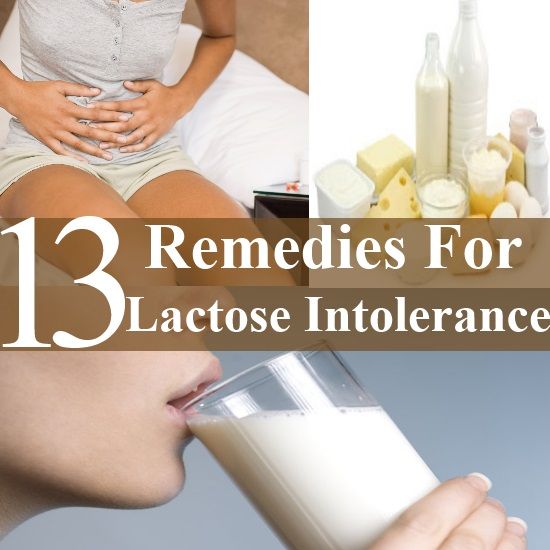 You can choose either just lactose-free milk or vegetable milk - rice, buckwheat, and so on. True, I didn’t see the point in such products - in the composition of the latter, for example, buckwheat flour, butter, water and a handful of sweetener. I don't find this product useful, so I haven't tried it.
You can choose either just lactose-free milk or vegetable milk - rice, buckwheat, and so on. True, I didn’t see the point in such products - in the composition of the latter, for example, buckwheat flour, butter, water and a handful of sweetener. I don't find this product useful, so I haven't tried it. But there is hardly any benefit in store-bought milk either. The only thing is that I liked coconut milk, especially when combined with millet and something sweet (honey or maple syrup). The price of lactose-free milk is slightly more expensive than regular milk (literally by 10 UAH, or $0.35; that is, the price is an average of 30 UAH - more than a dollar). Coconut is possible for 85 UAH. ($3) to take, and more expensive. The one in the photo below I took at a discount for 40 UAH. ($1.40). I don't see the difference.
Porridges with lactose-free milk are no different from cereals with regular milk
Results.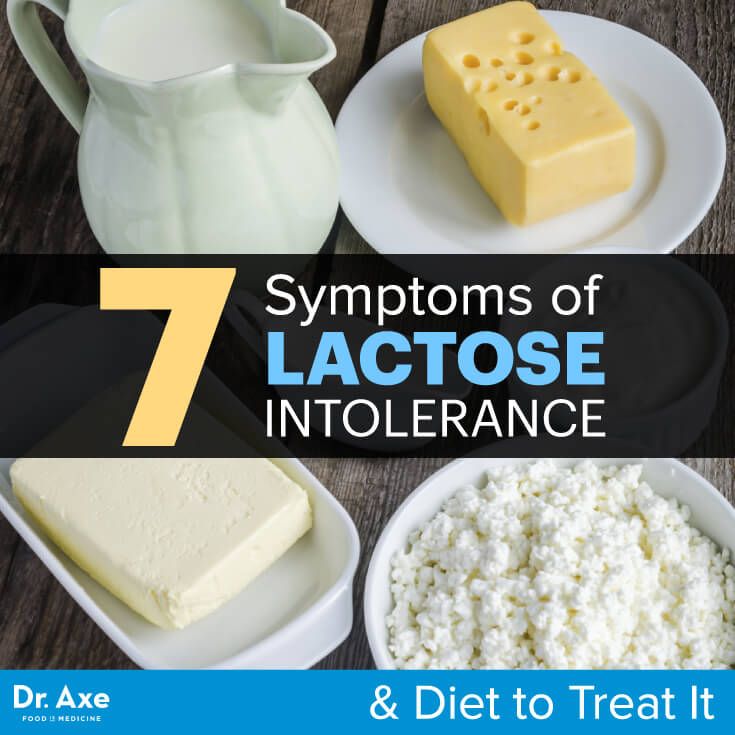
I can really recommend giving up lactose for a while, for the sake of experiment, look at the result, evaluate and make an adequate decision for yourself. In no case should attribute all problems to milk and think that if you refuse / replace it, absolutely all acne will go away, you will lose more than 10 kg in a week, get rid of cellulite and other myths from fitness and beauty bloggers of dubious qualifications . As I said, in my personal case, lactose milk only affected small comedones - large, red subcutaneous pimples have not gone away. And I don't think anyone with a problem like I had/has can get a clearer face just by avoiding lactose. Only external treatment (in rare cases - internal) and proper care.
Milk allergy and lactose intolerance
The terms "milk allergy" and "lactose intolerance" are often confused or thought to mean the same thing. However, these diseases have important differences that determine the daily diet.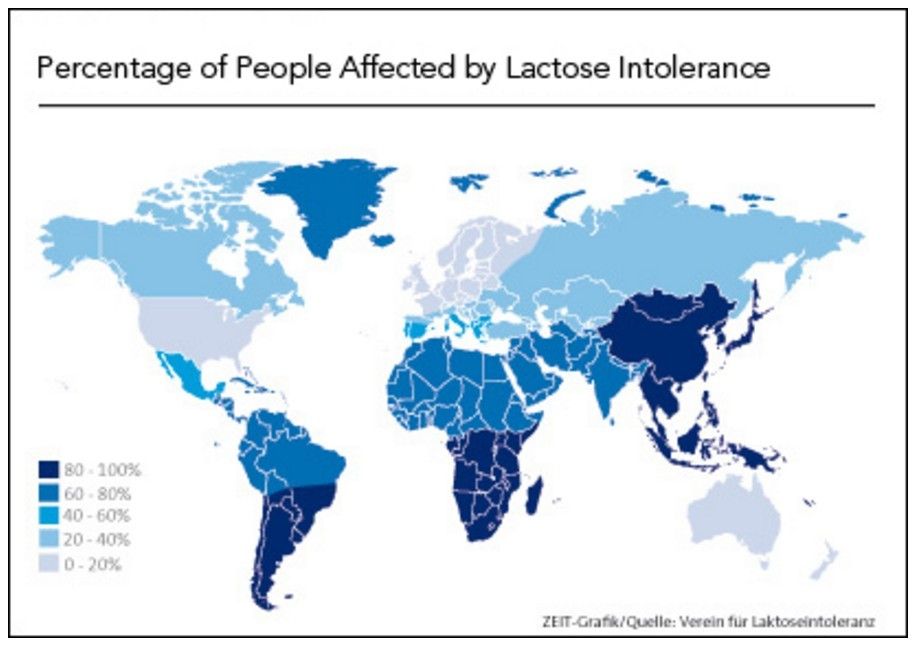
Back Allergies and intolerances
Password
Forgot my password
Many people have problems consuming milk and dairy products, so it is important to distinguish between milk allergy and lactose intolerance.
What is a milk allergy?
Although quite rare in adults, milk allergy is one of the most common allergies in infants and children . An allergic reaction is caused by proteins contained in milk . Symptoms come on very quickly from the moment dairy products are consumed. In addition to diarrhea and bloating, typical symptoms include skin rash with itching, asthma, atopic dermatitis, and, in the worst case, anaphylactic shock, which can lead to cardiac arrest. In most cases, allergies in children go away before they are ten years old.
Diet for milk allergy
People with a milk allergy should completely avoid milk and dairy products . A wide variety of milk substitutes, cream, yoghurt, and plant-based cheeses are available today. People with an allergy to milk are contraindicated, including dairy products that do not contain lactose.
A wide variety of milk substitutes, cream, yoghurt, and plant-based cheeses are available today. People with an allergy to milk are contraindicated, including dairy products that do not contain lactose.
What is lactose intolerance?
Image
Just as the proteins found in milk and dairy products cause an allergic reaction in people who are allergic to milk, in people with lactose intolerance, unpleasant symptoms are caused by lactose . In such people lactase is either completely absent in the body, or produced in very small quantities. In this regard, the human body is not able to process the lactose contained in milk. The absence or deficiency of lactase interferes with the digestion of lactose in the intestines and thereby stimulates bacterial growth in it. Characteristic signs of lactose intolerance are unquenchable thirst and various digestive disorders manifested in the form of diarrhea, bloating and pain in the abdomen after the consumption of milk and dairy products.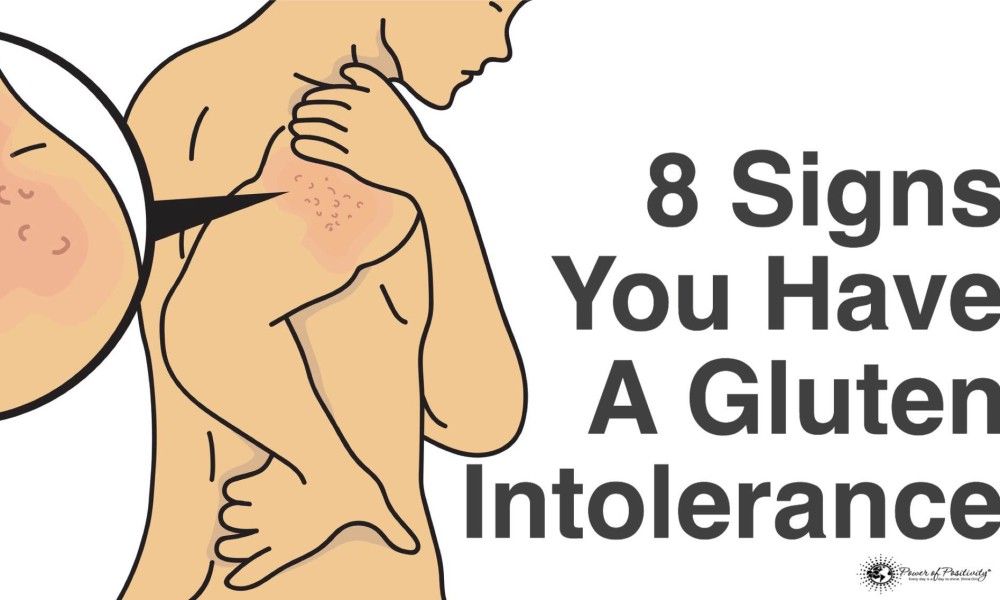
Diet for lactose intolerance
Unlike people with milk allergies, people with lactose intolerance can eat a wide range of lactose-free dairy products . The latter are well tolerated by many dairy products, including hard cheese, since the lactose in these products is already naturally decomposed.
Lactose-free and gluten-free diets
Schär offers a wide range of products, lactose-free and gluten-free , which will bring you even more pleasure. Many people with gluten intolerance find it difficult to maintain a healthy yet varied diet of delicious food on a daily basis. Many Schär baked goods, pastas, flours, breakfast cereals, biscuits and sweets are not only gluten- and lactose-free, but also taste great. For a list of Schär lactose-free products, click here. 9
- América Latina
- Argentina
- Brasil
- Canada
- Mexico
- United States
International language
- English
-
Выбрать странуAfghanistanAlbaniaAlgeriaAmerican SamoaAndorraAngolaAnguillaAntarcticaAntigua and BarbudaArabic World KuwaitArgentinaArmeniaArubaAustraliaAzerbaijanBahamasBahrainBangladeshBarbadosBelarusBelgiumBelizeBeninBermudaBhutanBoliviaBosnia and HerzegovinaBotswanaBouvet IslandBrazilBritish Indian Ocean TerritoryBrunei DarussalamBulgariaBurkina FasoBurundiCambodiaCameroonCanadaCape VerdeCayman IslandsCentral African RepublicChadChileChinaChristmas IslandCocos (Keeling) IslandsColombiaComorosCongoCongo, The Democratic Republic Of TheCook IslandsCosta RicaCôte d'IvoireCroatiaCubaCyprusCzech RepublicDenmarkGermanyDjiboutiDominicaDominican RepublicEast TimorEcuadorEgyptEl SalvadorEquatorial GuineaEritreaEspañaEstoniaEthiopiaFalkland Islands (Malvinas)Faroe IslandsFijiFinlandFranceFrench GuianaFrench PolynesiaFrench Southern TerritoriesGabonGambiaGeorgiaGhanaGibraltarGreeceGreenlandGrenadaGuadeloupeGuamGuatemalaGuineaGuinea-BissauGuyanaHaitiHeard Island and Mcdonald IslandsHoly Se e (Vatican City State)HondurasHong KongHungaryIcelandIndiaIndonesiaIran, Islamic Republic OfIraqIrelandIsraelItalyJamaicaJapanJordanKazakhstanKenyaKiribatiKorea, Democratic People'S Republic OfKorea, Republic OfKosovoKuwaitKyrgyzstanLao People'S Democratic RepublicLatviaLebanonLesothoLiberiaLibyan Arab JamahiriyaLiechtensteinLithuaniaLuxembourgMacau SAR ChinaMacedonia, The Former Yugoslav Republic OfMadagascarMalawiMalaysiaMaldivesMaliMaltaMarshall IslandsMartiniqueMauritaniaMauritiusMayotteMexicoMicronesia, Federated States OfMoldova, Republic OfMonacoMongoliaMontenegroMontserratMoroccoMozambiqueMyanmarNamibiaNauruNetherlandsNepalNetherlands AntillesNew CaledoniaNew ZealandNicaraguaNigerNigeriaNiueNordzypernNorfolk IslandNorthern Mariana IslandsNorwayOmanAustriaPakistanPalauPalestinian Territory, OccupiedPanamaPapua New GuineaParaguayPeruPhilippinesPitcairnPolandPortugalPuerto RicoQatarReunionRomaniaRussian FederationRwandaSaint HelenaSaint Kitts and NevisSaint LuciaSaint Pierre and M iquelonSaint Vincent and The GrenadinesSamoaSan MarinoSao Tome and PrincipeSaudi ArabiaSenegalSerbiaSeychellesSierra LeoneSingaporeSlovakiaSloveniaSolomon IslandsSouth AfricaSouth AmericaSouth Georgia and The South Sandwich IslandsSri LankaSudanSwitzerlandSurinameSvalbard and Jan MayenSwazilandSwedenSyrian Arab RepublicTaiwan, Province Of ChinaTajikistanTanzania, United Republic OfThailandTogoTokelauTongaTrinidad and TobagoTunisiaTurkeyTurkmenistanTurks and Caicos IslandsTuvaluUgandaUkraineUnited Arab EmiratesUnited KingdomUnited StatesU.



